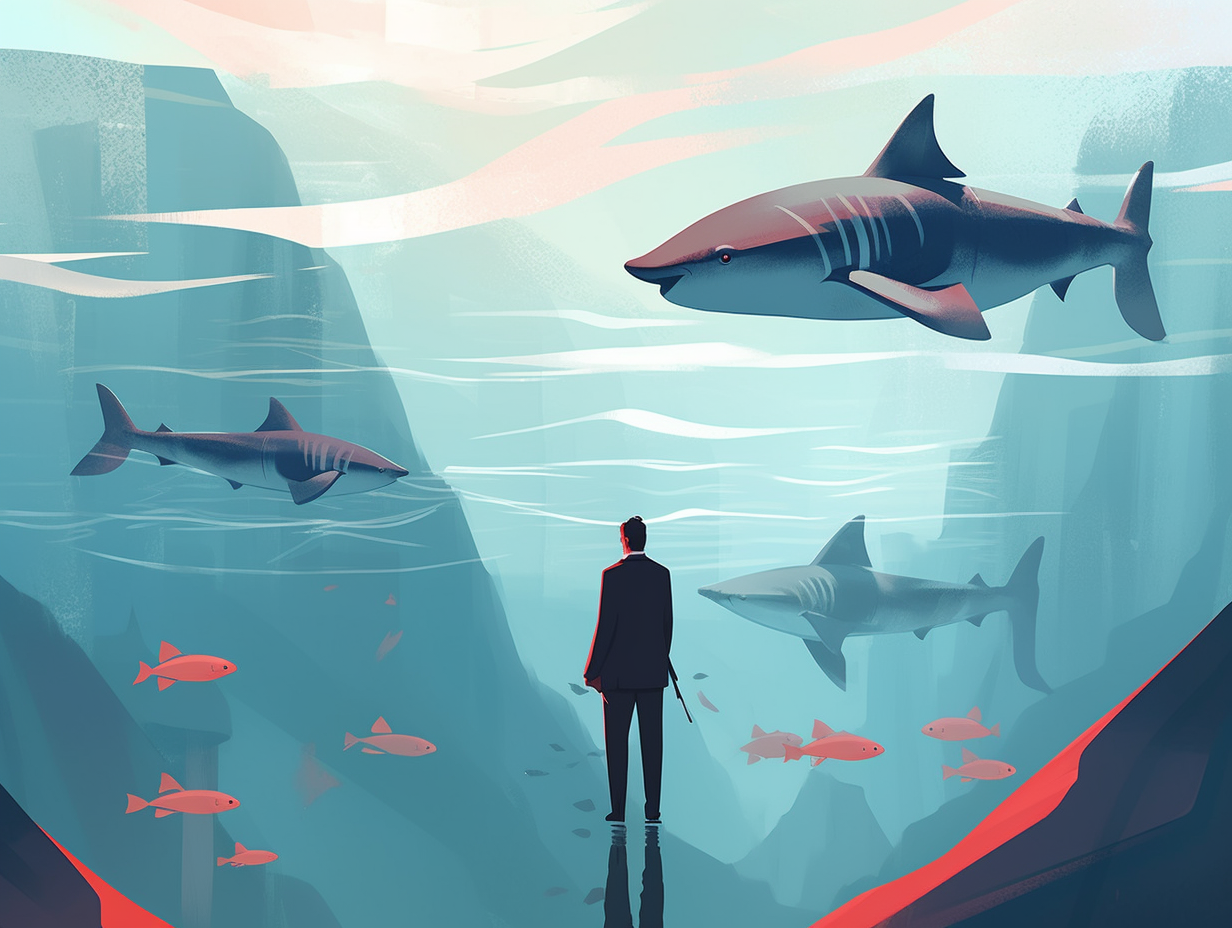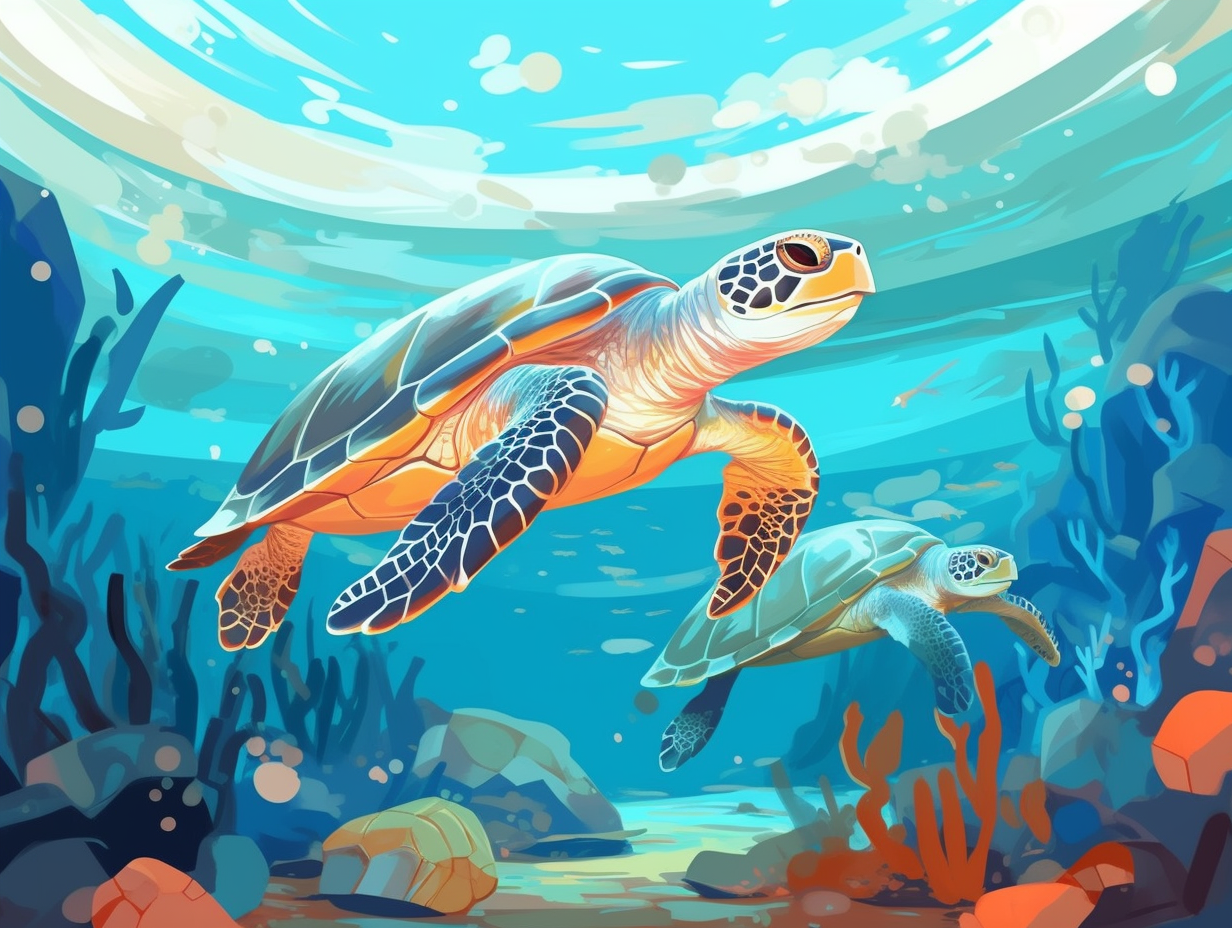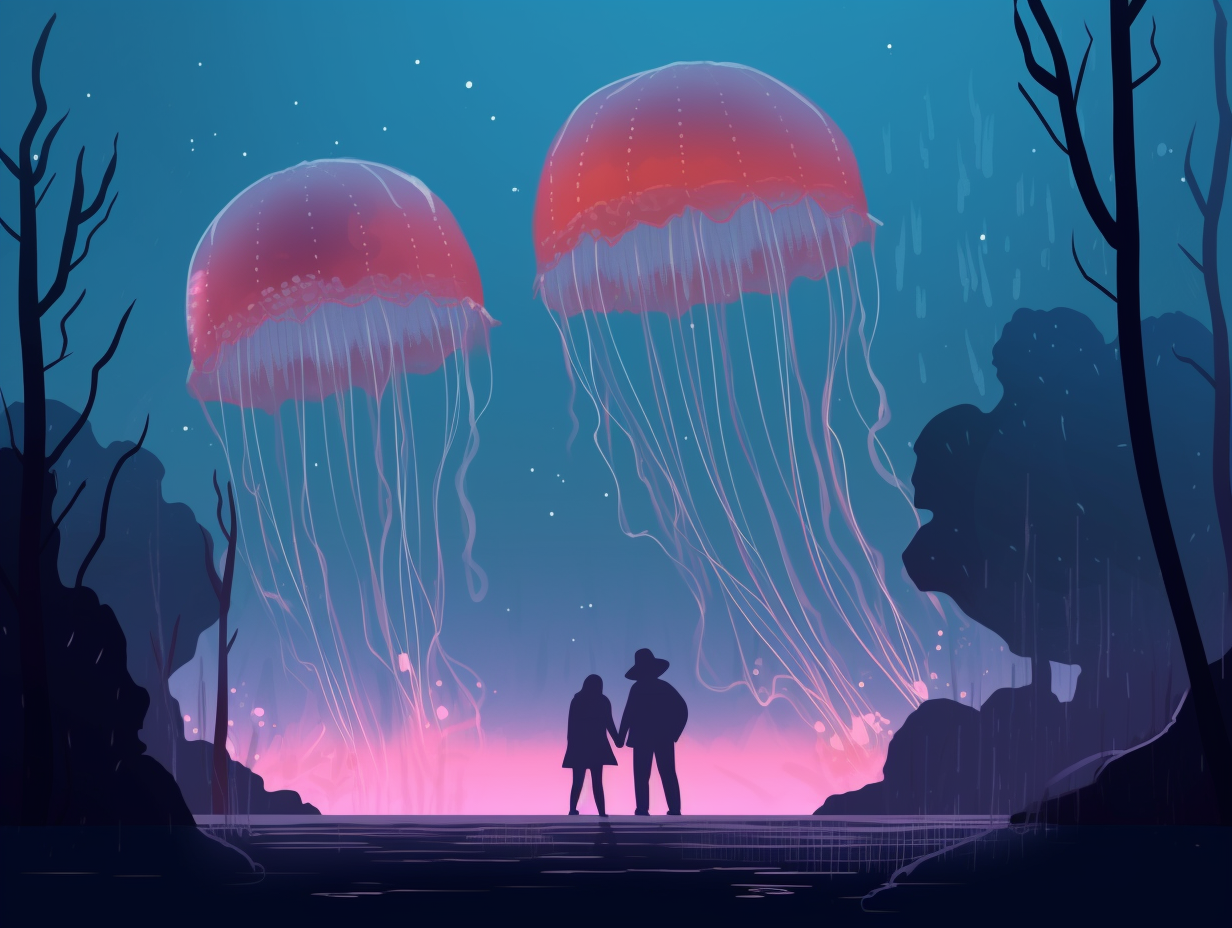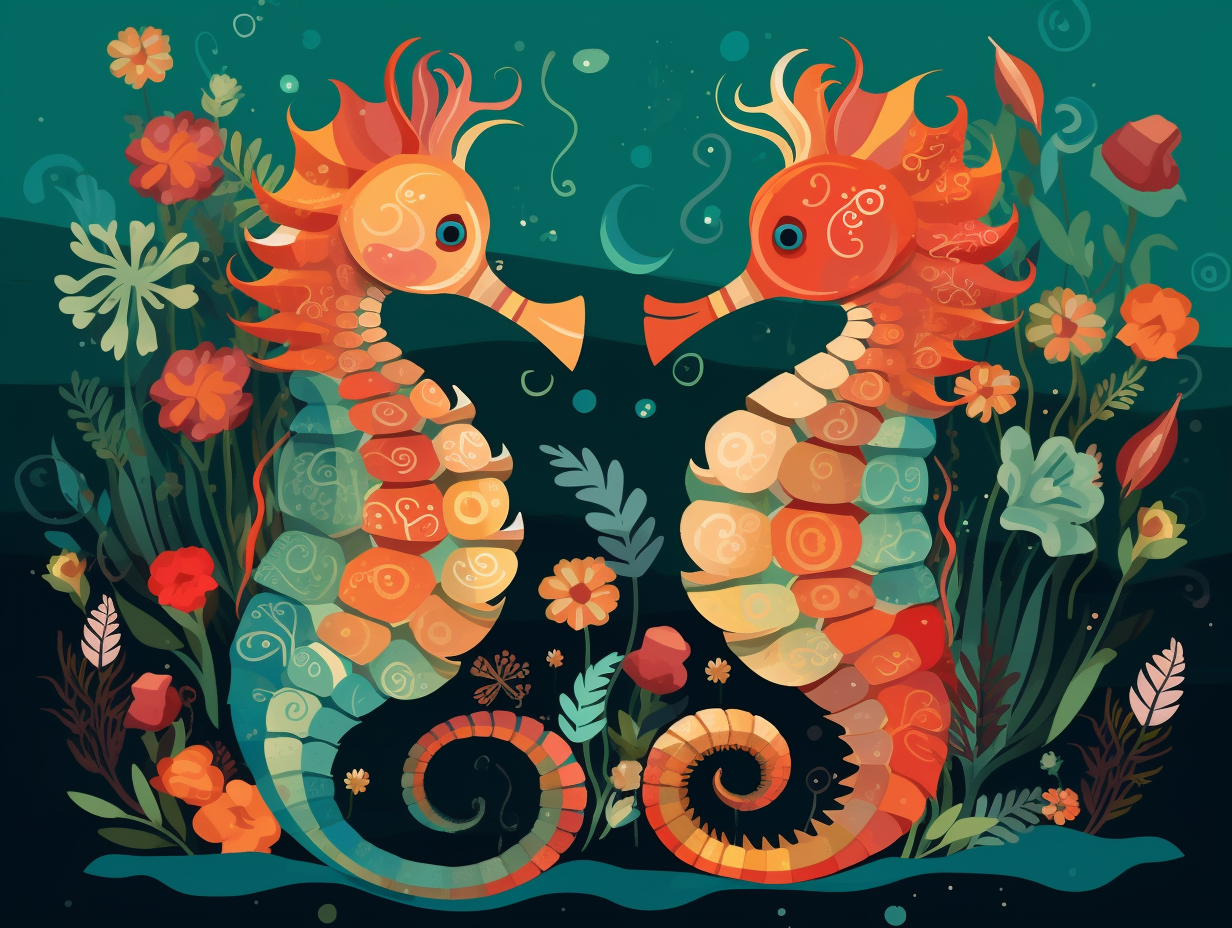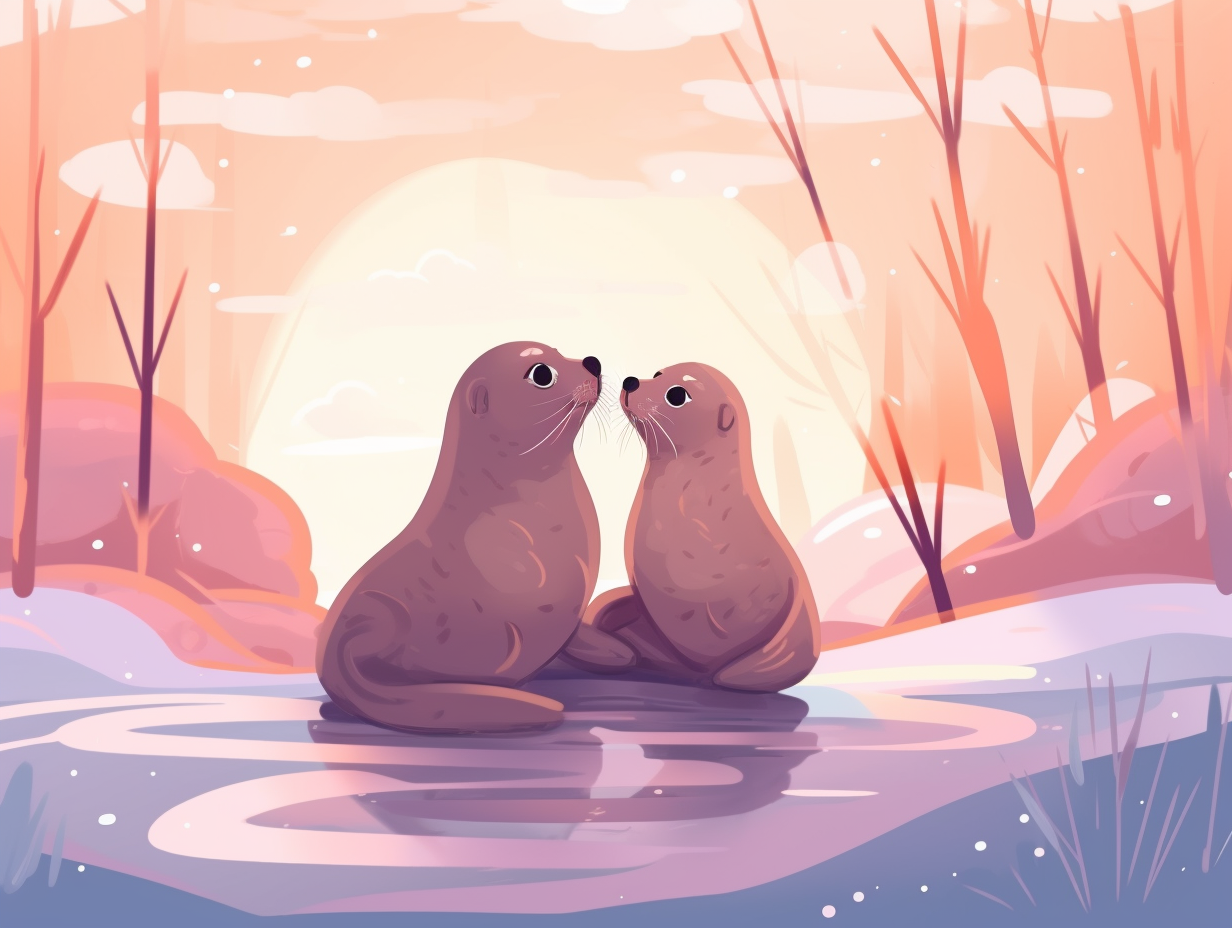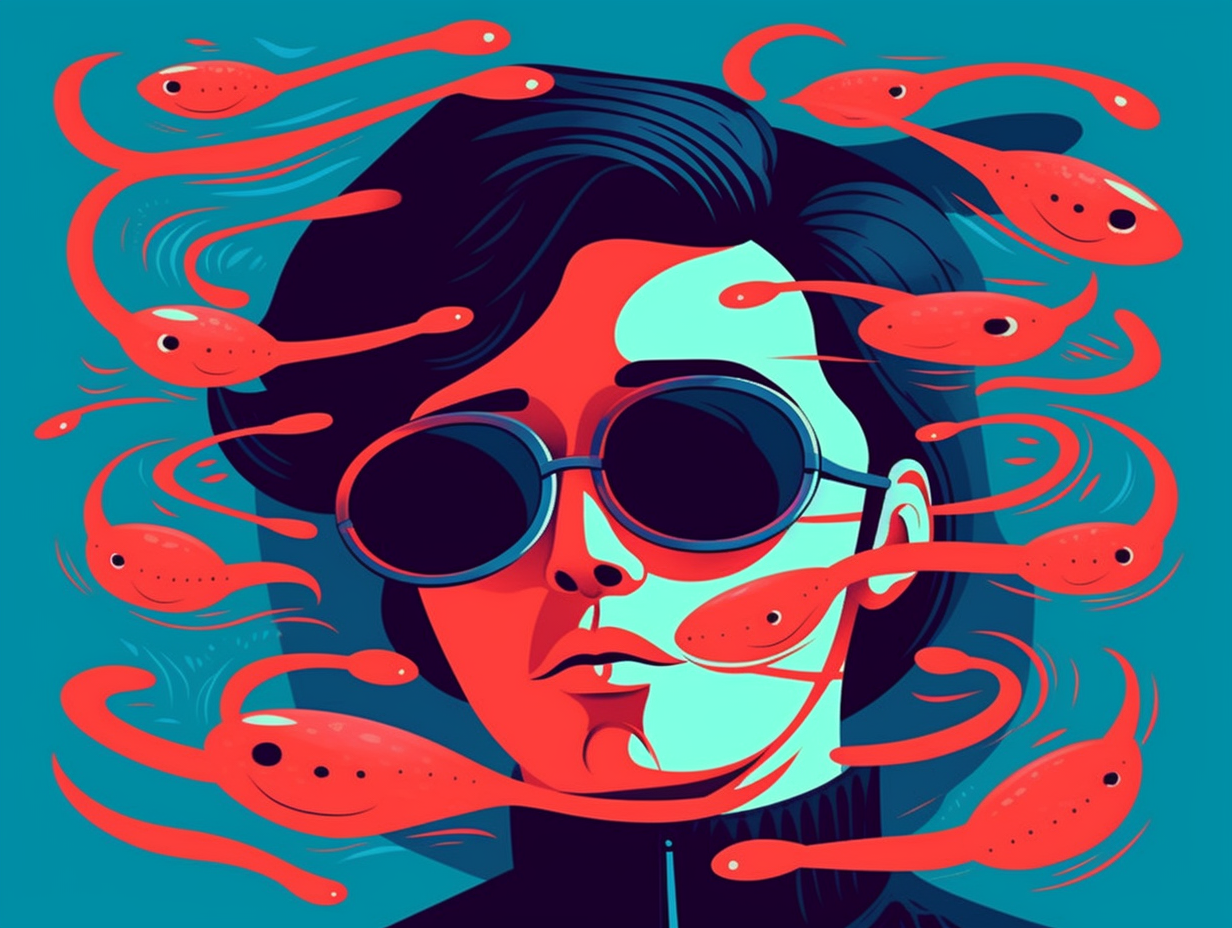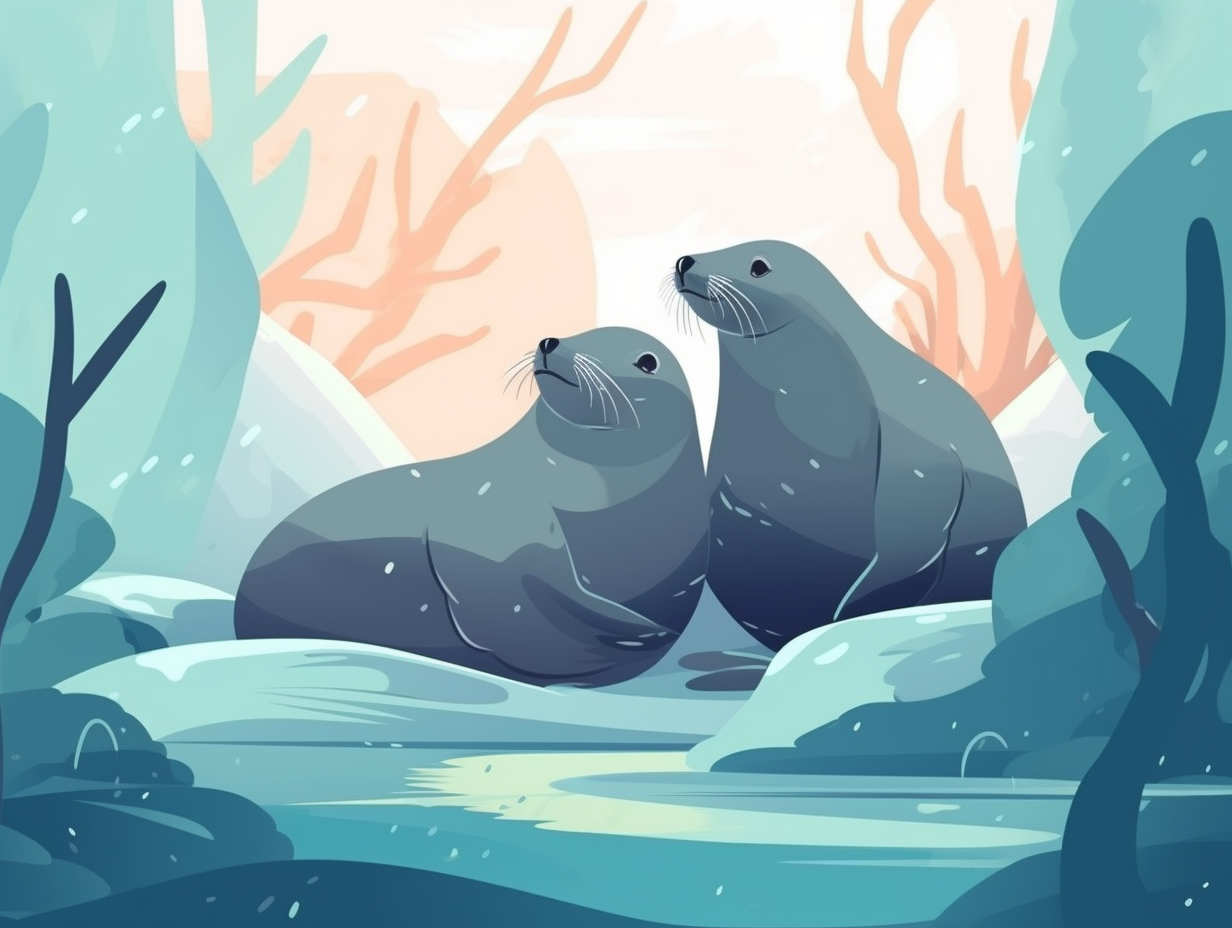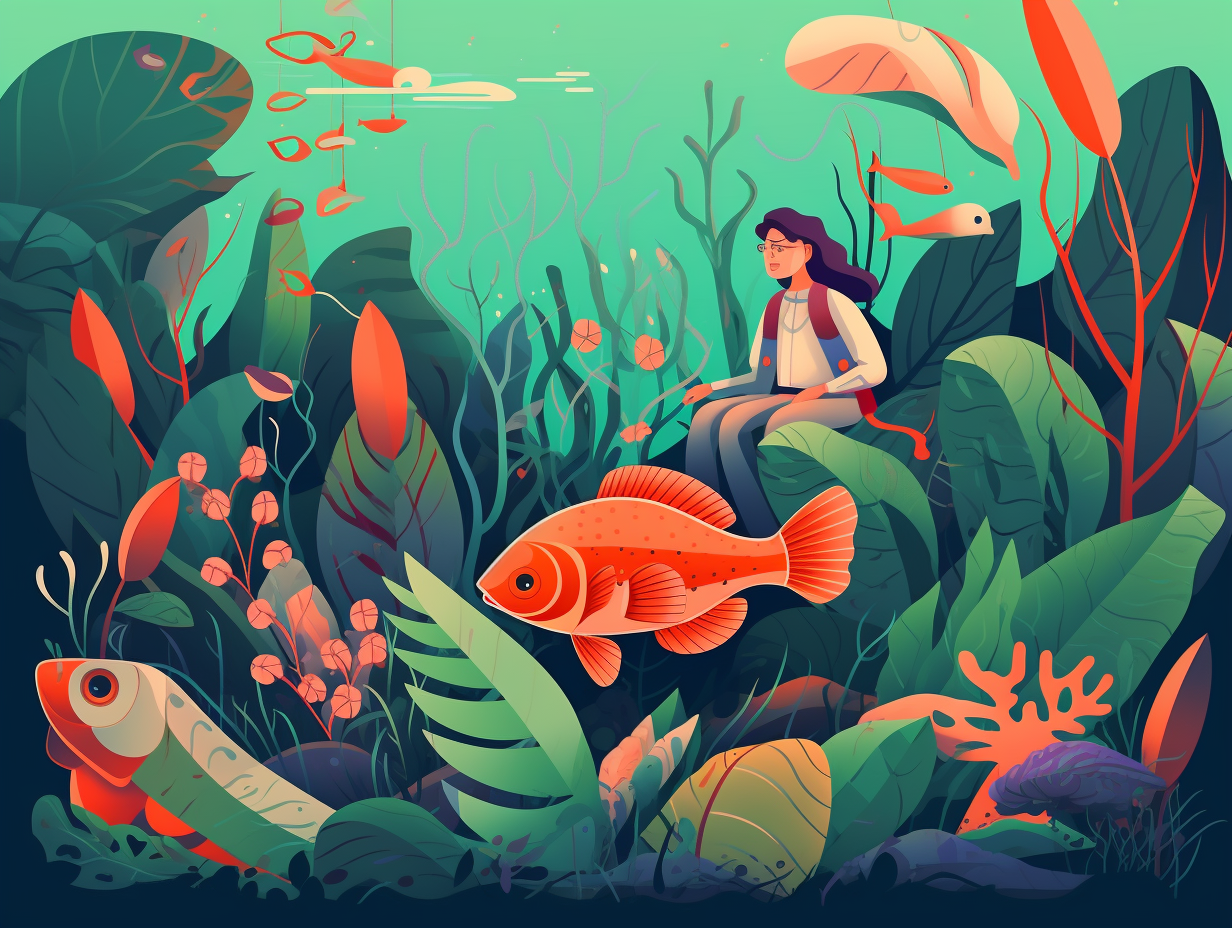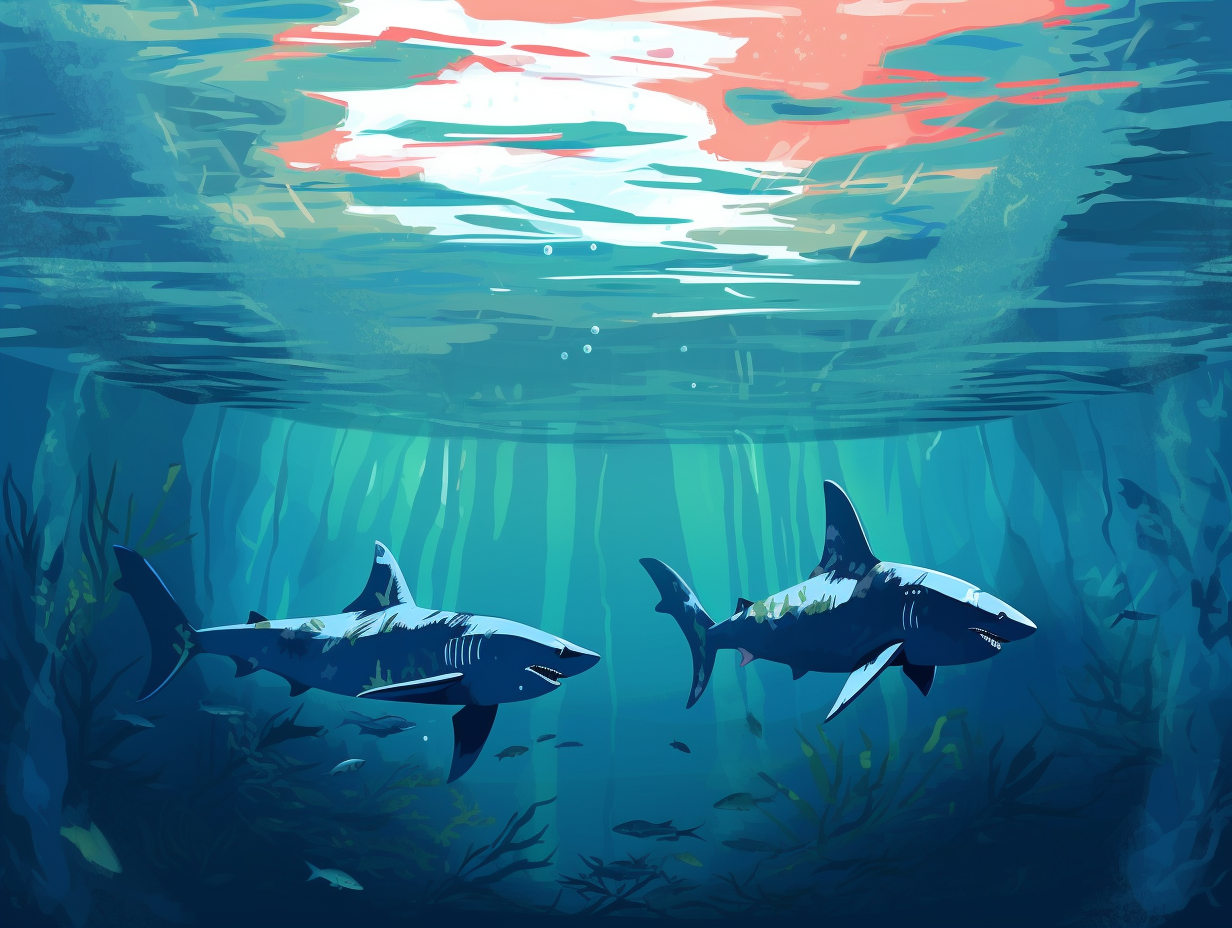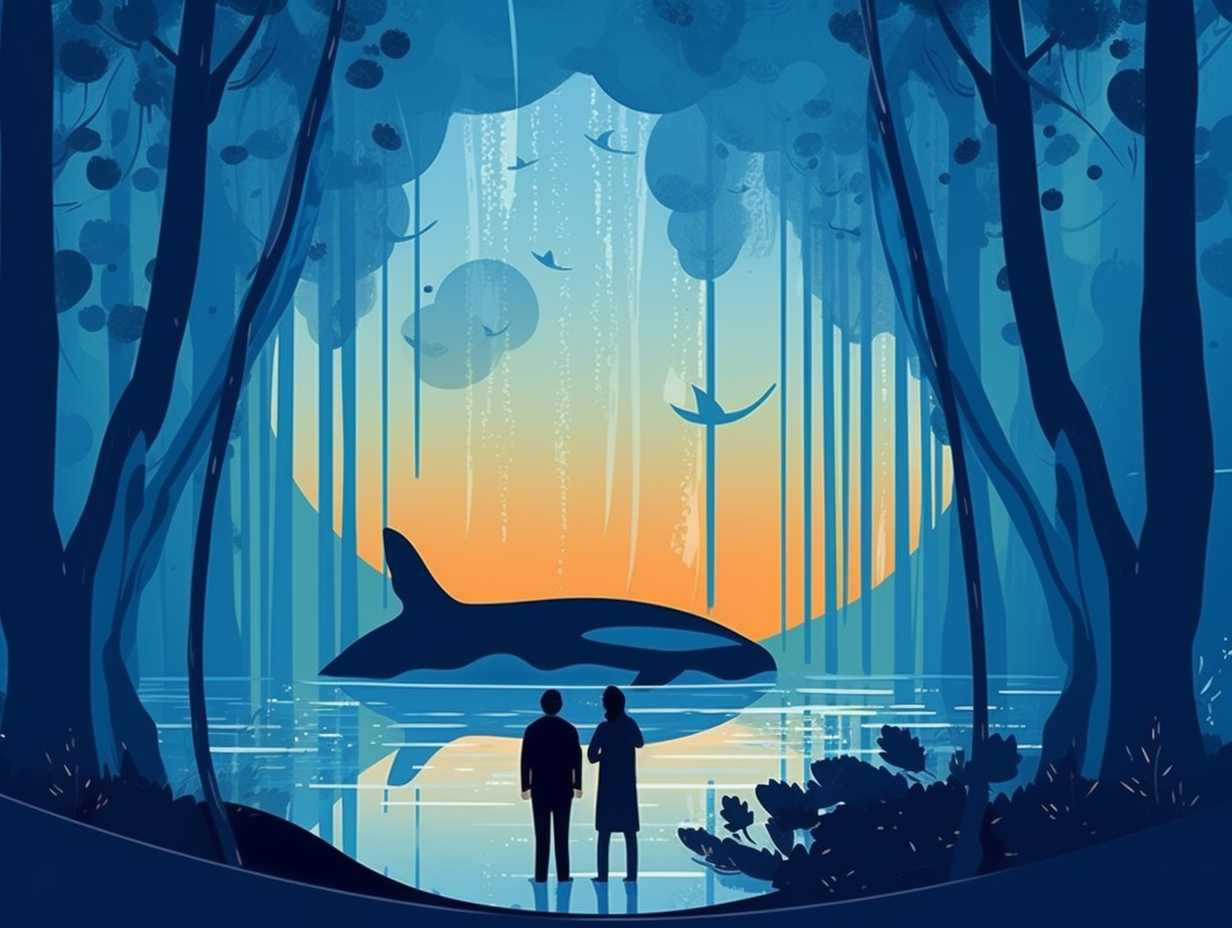13 Astonishing Fun Facts About the Marine Biome: Dive Into the Wonders of the Ocean!
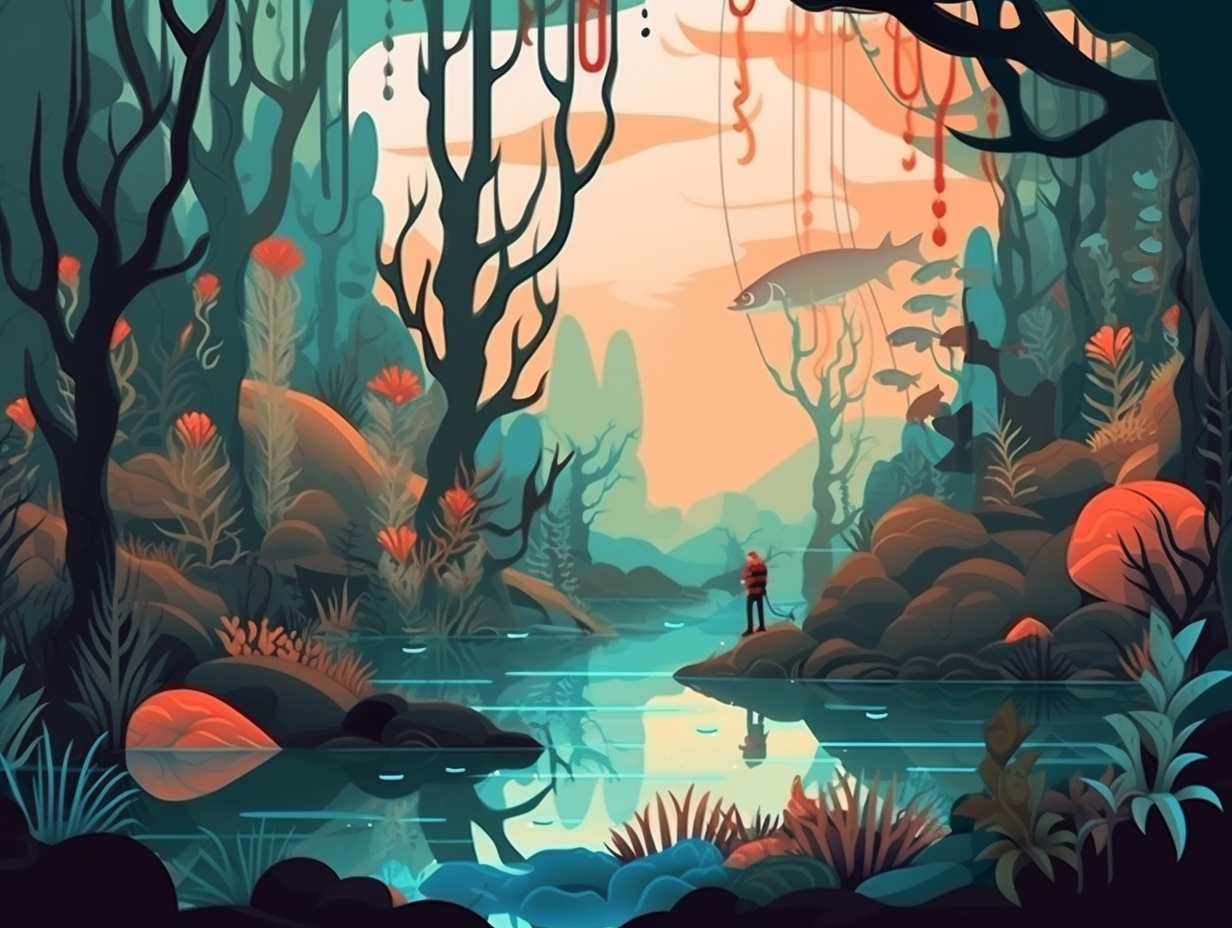
1. 230,000 Underwater Celebrities
Whoever said there's plenty of fish in the sea must have been a marine biologist on a laugh: The marine biome boasts a staggering 230,000 known species, ranging from vividly vibrant coral reefs to massive whales, making it an ever-evolving and astonishing ecosystem still brimming with mysteries.
Source => homework.study.com
2. Whale of an Appetite
Hold your horses, or rather, let your whales loose: the marine biome is ruled by none other than the colossal blue whale. This behemoth of the sea can grow up to 100 feet long and tip the scales at 200 tons, all while chowing down on 4 tons of krill daily!
Source => montereybayaquarium.org
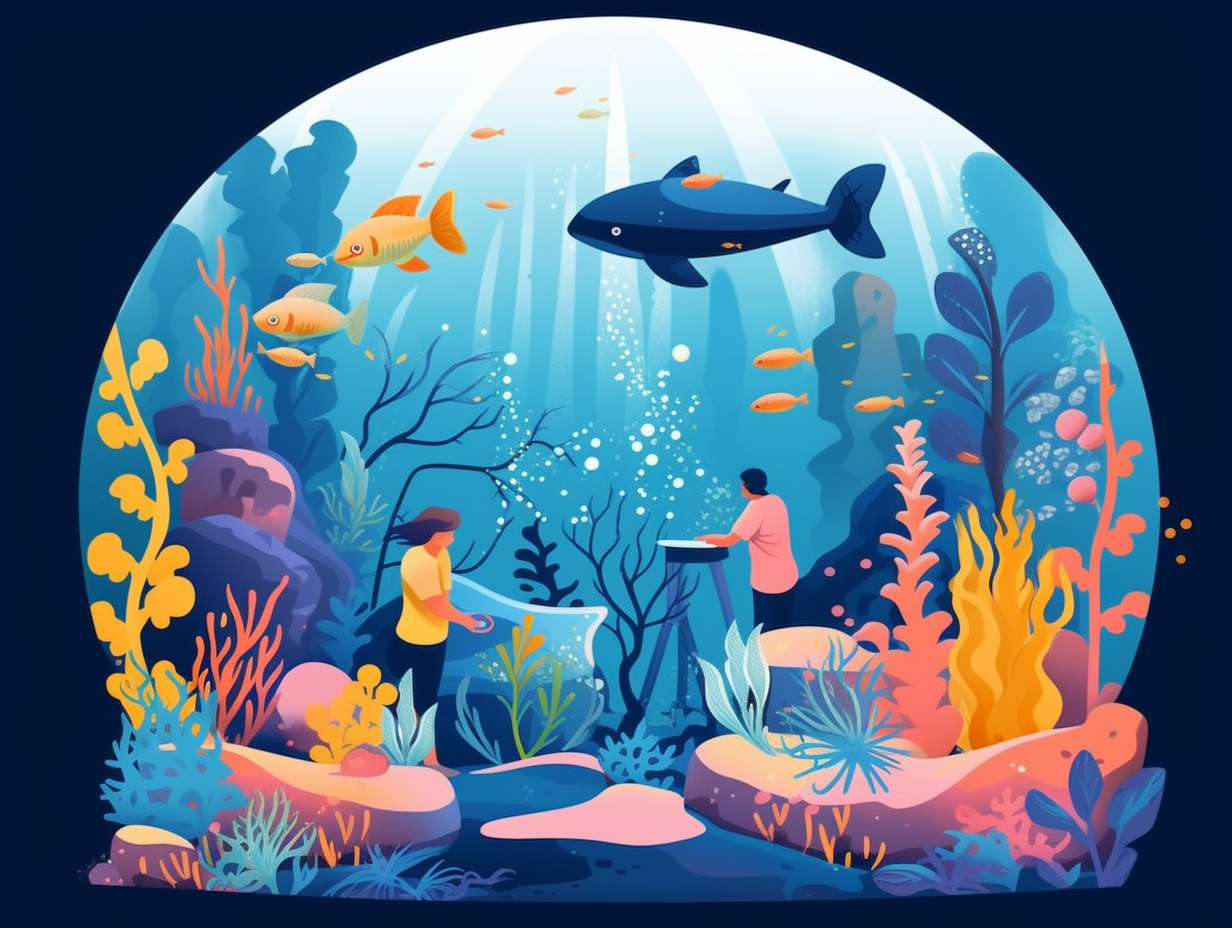
Did you know male sea sapphires can perform a vanishing act that rivals Harry Potter's invisibility cloak? Discover the secret behind their mesmerizing skin and how they become invisible to the naked eye!
=> Fun Facts about Marine-Biology
3. Clownfish Chemical Handshake
Clownfish star in their own underwater sitcom, dodging sea anemone landlords with a sneaky mucus squirt and a chemical handshake: Many species of clownfish have a layer of mucus that keeps anemones from stinging them, but some need to first acclimate to the anemone, exchanging antigens to create a chemical camouflage that tricks the anemone into not attacking.
Source => asknature.org
4. Turtle Temperature Tricks
Do the turtles wear turtle-necks to stay warm? Not exactly: Leatherback sea turtles have evolved large body sizes, metabolic changes, peripheral insulation, and blood flow adjustments to maintain stable core body temperatures in varying aquatic conditions.
Source => theturtlemanfoundation.org
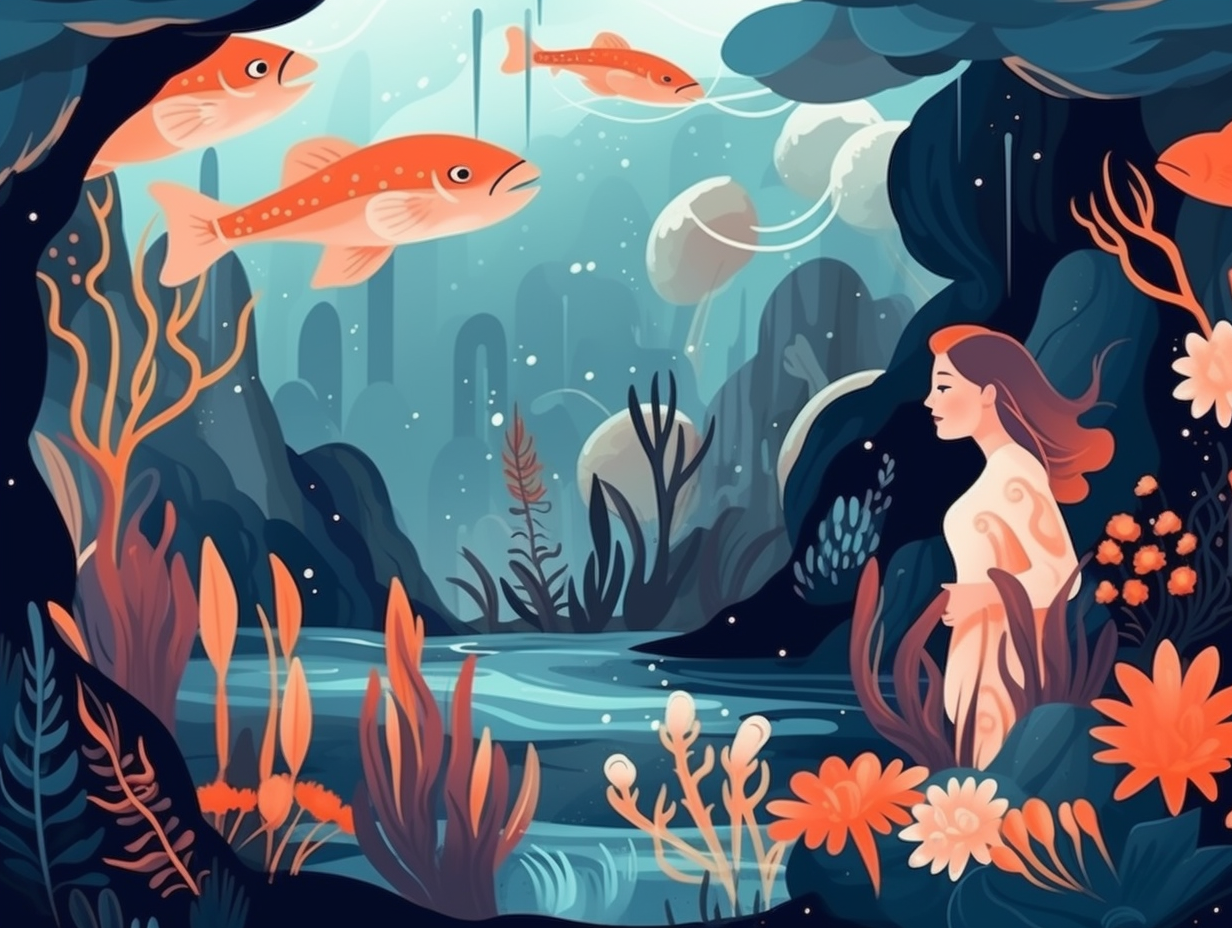
5. Sharks' Supercharged Sixth Sense
Forget about Sharknado, sharks have their own electric superpowers: Sharks, rays, and skates possess specialized organs called ampullae of Lorenzini, which allow them to detect bioelectric fields produced by living creatures in the marine biome, helping them locate prey and navigate their underwater world through electroreception.
Source => asknature.org
6. Dolphin's Smooth Moves
Talk about a "sponge-worthy" date: Male humpback dolphins in northern Australia have been observed using sea sponges on their foreheads during elaborate displays designed to attract females, showcasing their intelligence and resourcefulness in the ever-competitive dating sphere.
Source => abc.net.au
7. Manatees on a Collision Course
While manatees may resemble oversized, water-dwelling beanbags on a leisurely cruise, their adorably slow lifestyle causes them quite a bit of trouble on the aquatic highway: fatal boating collisions are a major issue for these blubbery commuters, with a record 829 manatee deaths reported in Florida in 2013 alone.
Source => nationalgeographic.com
8. Colossal Squid Spy
Move over, peeping Toms of the animal kingdom: there's a new supersized snoop hanging out in the depths! Behold, the colossal squid, starring in its very own underwater surveillance thriller: with the largest eyes of any known creature at a whopping 11 inches in diameter, this slick cephalopod not only detects its predators but keeps an eye on the entire singles scene in the eerie ocean abyss, combating the visual challenges of the pitch-black pelagic zone like a true deep sea detective.
Source => en.wikipedia.org
9. Crab's Bacteria Vent Party
You might say the Austinograea sp. crab is the ultimate master of "ventriloquism," hosting a motley crew of bacteria parties at the hottest spots in town – deep-sea hydrothermal vents: Its gill and intestine harbor a diverse microbial community, including sulfur-oxidizing bacteria like Leucothrix and Marinomonas, which help the crab ace the challenging vent life in the marine biome.
Source => journals.plos.org
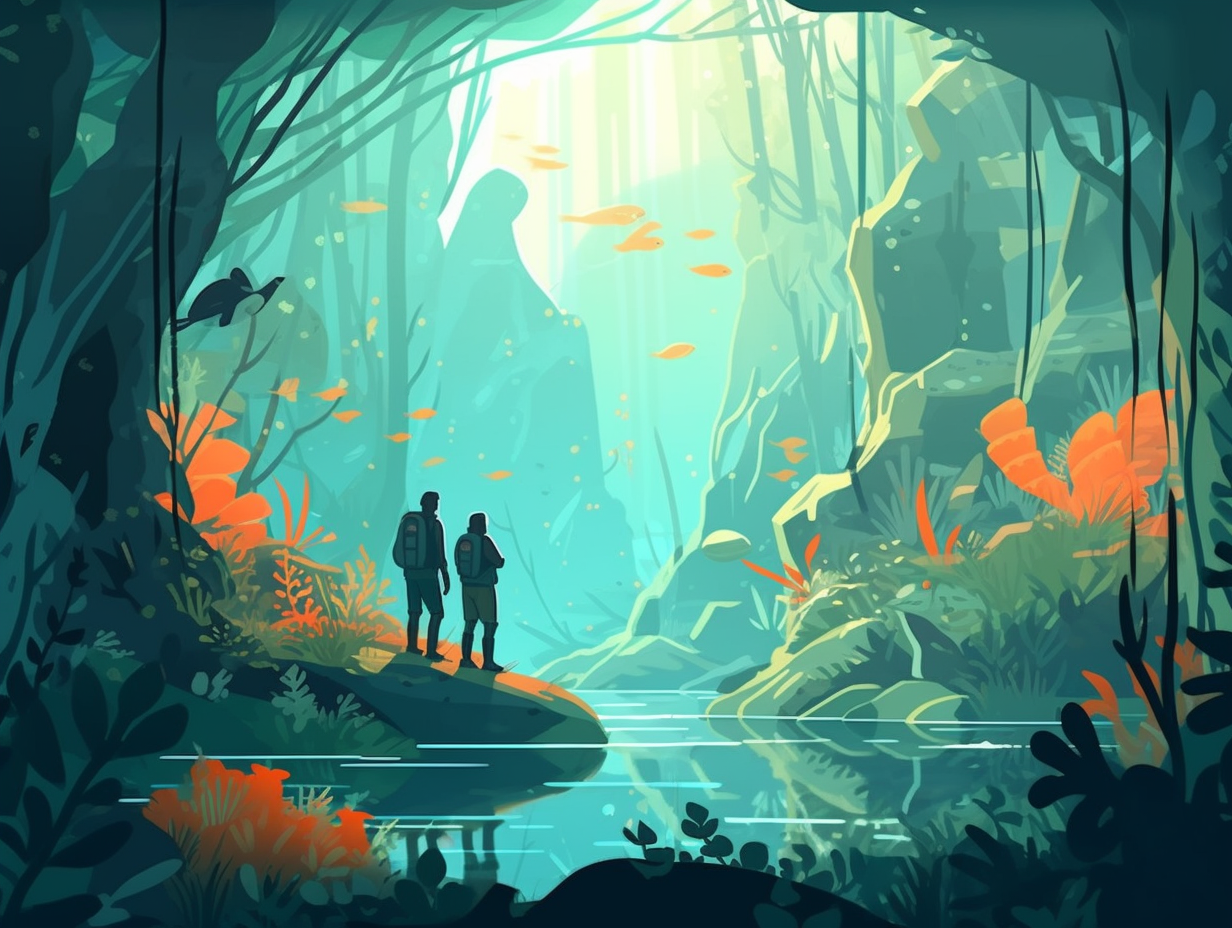
10. Cephalopods: Masters of Disguise
Step aside, chameleons: there's a new king of camouflage in town, and they bring more drama than a reality TV show set in the ocean. Armed with an arsenal of color and texture changes, these master impersonators could give an Oscar-winning performance every single time they avoid becoming dinner! And just like any breakout star, they can even mimic other characters in their underwater ensemble: The Cephalopods: Coming soon to an aquarium near you! In reality: Cephalopods like squids and octopuses can rapidly change their skin color and texture by contracting their chromatophores, iridophores, and leucophores, allowing them to camouflage, communicate, and even mimic other sea creatures for protection or warning – such as the blue-ringed octopus flashing its deadly blue and brown pattern.
Source => ocean.si.edu
11. Coral's Spicy Love Life
Coral colonies sure know how to keep it spicy: these marine marvels can reproduce both asexually and sexually, with some species like Brain and Star coral even playing both sides by producing both sperm and eggs, while others, like Elkhorn and Boulder corals, stick to gender-specific colonies. As for their wild love life, coral larvae are fertilized within a polyp or in the water through sizzling spawning events that happen en masse on one special night each year, before the little polyps finally settle down, metamorphose, and start a family of their own.
Source => floridakeys.noaa.gov
12. Sponges: Clean Freaks of the Sea
Whoever said "you are what you eat" must have had sea sponges in mind, because these aquatic vacuum cleaners are masters of keeping it clean: Sea sponges can filter up to 20,000 liters of water per kilogram of tissue each day, playing a crucial role in maintaining water quality and nutrient cycles in coral reef systems.
Source => spongean.com
13. Zombie Worms' Twisted Romance
In an underwater tale of twisted romance and bone-drilling fetishes, meet the regrettably named zombie worms – the marine Romeo and Julio couples of the deep-sea world, where the ladies rule and the gentlemen are microscopic, multiple, and somewhat trapped inside their partners: Hailing from the bone-devouring Osedax family, these 1 to 3 inch worms with a taste for decaying whale bones house symbiotic bacteria that break down fats and proteins, transferring the nutrients directly to their host - the worms - who, in an evolutionary kick, have ditched their own mouths and stomachs, leaving the leggy ladies to do all the drilling while their internal beaus fertilize away in close quarters.
Source => ocean.si.edu
Related Fun Facts

